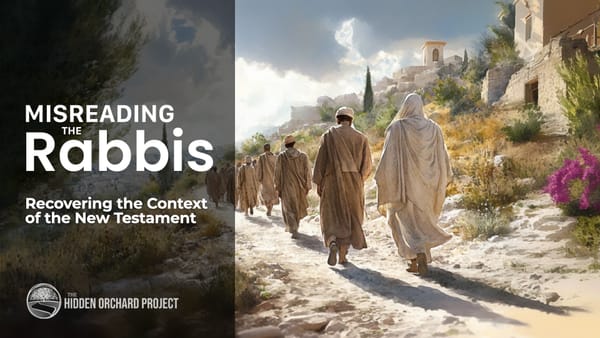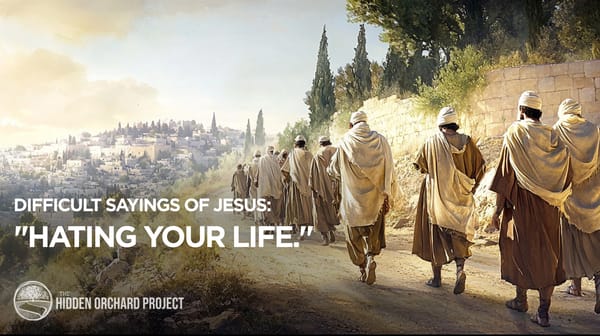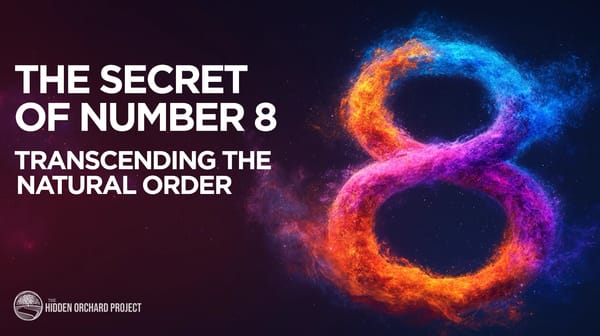Midrash in the New Testament - part 3 of 4
In this 4-part series, we're exploring the hidden world of Jewish Midrash that can be found in the New Testament.

In this 4-part series, we're exploring the hidden world of Jewish Midrash that can be found in the New Testament.


In this video series, we explore the contentious context of first-century Israel. Learn how post-exilic conditions, the influence of various cultures, and gaps in the Biblical texts all contributed to a period of strife in the time of the New Testament.

What did Jesus mean when he said to “hate your life”? In this article, we'll look at a potential deeper meaning of this teaching, exploring insights from the Jewish traditions of the soul.

“If it’s not in the Bible, it’s not authoritative.” “The rabbis rejected Jesus—why should we listen to them?” What did Paul mean when he said all scripture is inspired, or G_D-breathed?

When the Biblical text specifically mentions the number 8, it may be communicating more than an ordinal sequence, but a hidden meaning. In this article, we'll explore the hidden meaning of the number 8.